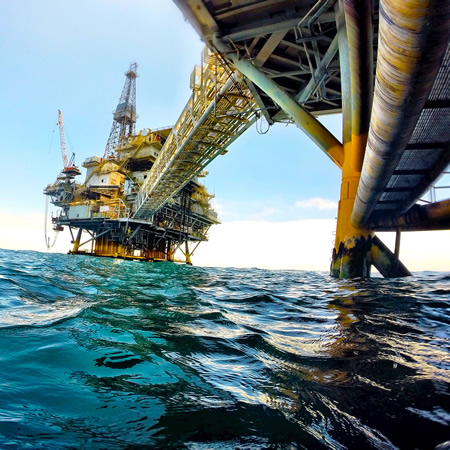By Donna Furey | LB Indy

Local Amber Jackson and her scuba diving partner Emily Callahan are finalists in Expedition Granted, National Geographic’s search to find the next generation of explorers.
One of the ten finalists will win $50,000 to fund their dream expedition, the magazine announced last week.
Jackson, a UC Berkeley graduate, met Emily Callahan, who graduated from Connecticut College in New London, Conn., in a scientific diving class at Scripps Institute of Oceanography in San Diego, where they were attending graduate school. Callahan learned about reusing abandoned offshore platforms as artificial reefs while working for British Petroleum on the Deepwater Horizon oil spill in the Gulf of Mexico.
The two decided to collaborate on a capstone project, Rig2Reef, designed to enlighten Californians about what is involved in converting non-operating rigs into wildlife habitats.
Now, in applying for the National Geographic grant, the two 25-year-olds are going further, mapping out a broader project to research the most effective solutions for the disassembly of oil rigs along the California coast. They want residents to decide for themselves if rigs-to-reef proposals are viable.

“We are behaving as if we’ve already won; our expedition is planned,” Jackson said. If they win, the pair will go to Malaysia to dive the oil platforms in the Philippine Sea. Jackson will burn up the two weeks of vacation she’s earned working in Palo Alto for Anthropocene Institute, which supports technologies that preserve biological diversity.
“We are excited to explore how different ecosystems grow on platforms around the world, depending on their placement,” she explained.
Launched in June, Expedition Granted received more than 700 entries outlining innovative exploration projects across disciplines. The winner will be determined by on-line voting and will be announced Tuesday, Sept. 30. Their project will be highlighted in a promotion for the National Geographic Channel.
Meanwhile, the Rigs-to-Reefs legislation made law in California in 2010 requires oil companies that operate the 27 rigs offshore to assess the environmental benefits of decommissioning platforms that have outlived their usefulness by leaving a portion of them in place.
Jackson and Callahan captured underwater footage of flourishing marine life sheltering at the base of the rigs. But the rigs-to-reefs conversion program remains the subject of debate.
The recreational angler sees the artificial reef as a boon because it provides a localized environment to harbor more fish. But the commercial fishing industry that relies on trawling to sustain their livelihood say their gear can be damaged by the underwater structures.
Jackson and Callahan believe that with proper navigational aids installed around the reef, trawlers should be able to avoid equipment damage by maintaining a safe distance from the artificial reefs.
And some environmentalists believe the bill is an excuse for the oil industry to leave their trash behind and save the expense of extracting platforms.
“The whole point of the artificial reef program for the state through the Department of Fish and Wildlife, is to enhance productivity…however, with the current state of the rigs-to-reefs decommissioning in California, that’s not the point; the point is to have these guys (oil companies) save a lot of money,” Linda Krop, chief counsel for the public interest law firm Environmental Defense Center, of Santa Barbara, said in an interview with Jackson and Callahan.
Currently, only Louisiana and Texas have similar rigs-to-reefs programs in place. It requires owners converting oil rigs to reefs to donate a portion of the decommissioning cost savings to the state in order to maintain the artificial reef, says a 2007 paper by Dan Rothbach, a Duke University Law School student.
“This topic has many layers, and can be cumbersome. Emily and I have been researching it for the past year and half and we are still learning new things everyday,” Jackson said.
Their website, rig2reefexploration.org, describes the costs of extracting platforms that reach depths greater than the height of the Empire State Building and the energy required for barges to haul off the scrap steel.
“In a perfect world, I would advocate that these platforms stop drilling, seal the oil well, and leave the structure completely in place, converting the above-water portion to a research station and preserving the below-water portion as a marine protected area,” Jackson said.





I fully support your vision of rigs2reefs. Great for the environment, Marine life and the dive community. I would love to be able to contribute to this effort.